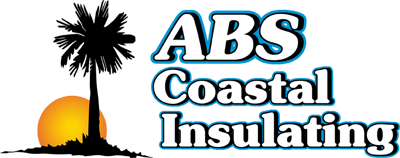Frequently Asked Questions
There are many questions about attic insulation and air sealing. Here are a few of the most common questions our customers have. Have other questions? Please contact our office.
Can new insulation be added on top of existing insulation?
New insulation can be added on top of existing. If the existing insulation is wet, it is best to remove it prior to adding new insulation. If insulation is wet and doesn’t dry properly, it can lead to mold, mildew, or even rotting of your ceiling roof rafters. If there is a leak, contact a roofing contractor to have it repaired.
I’m adding insulation. Why do I need to air seal?
Fiberglass insulation is not an air barrier. It provides a thermal blanket but does not prevent conditioned air inside the home from escaping through penetrations in the attic (e.g., chimney chases, venting, etc.). This air loss results in increased energy use. Air sealing stops the escape of air from the home.
Can spray foam insulation be installed in an existing home?
Generally, spray foam insulation can be installed in an existing home. Since each home is different, we recommend scheduling a free estimate with one of our team members so we can provide detailed options about where spray foam can be used to improve your home’s thermal performance and comfort level.
What is the difference between open cell and closed cell foam?
Closed cell spray foam insulation is made of cells that are closed and packed tightly together. They are filled with gas that helps the foam rise and expand. Closed cell foam is a greater insulator due to its denser properties. Open cell spray foam insulation is made of cells that are not completely closed. The cells are broken and air fills all the “open” space inside the material.


